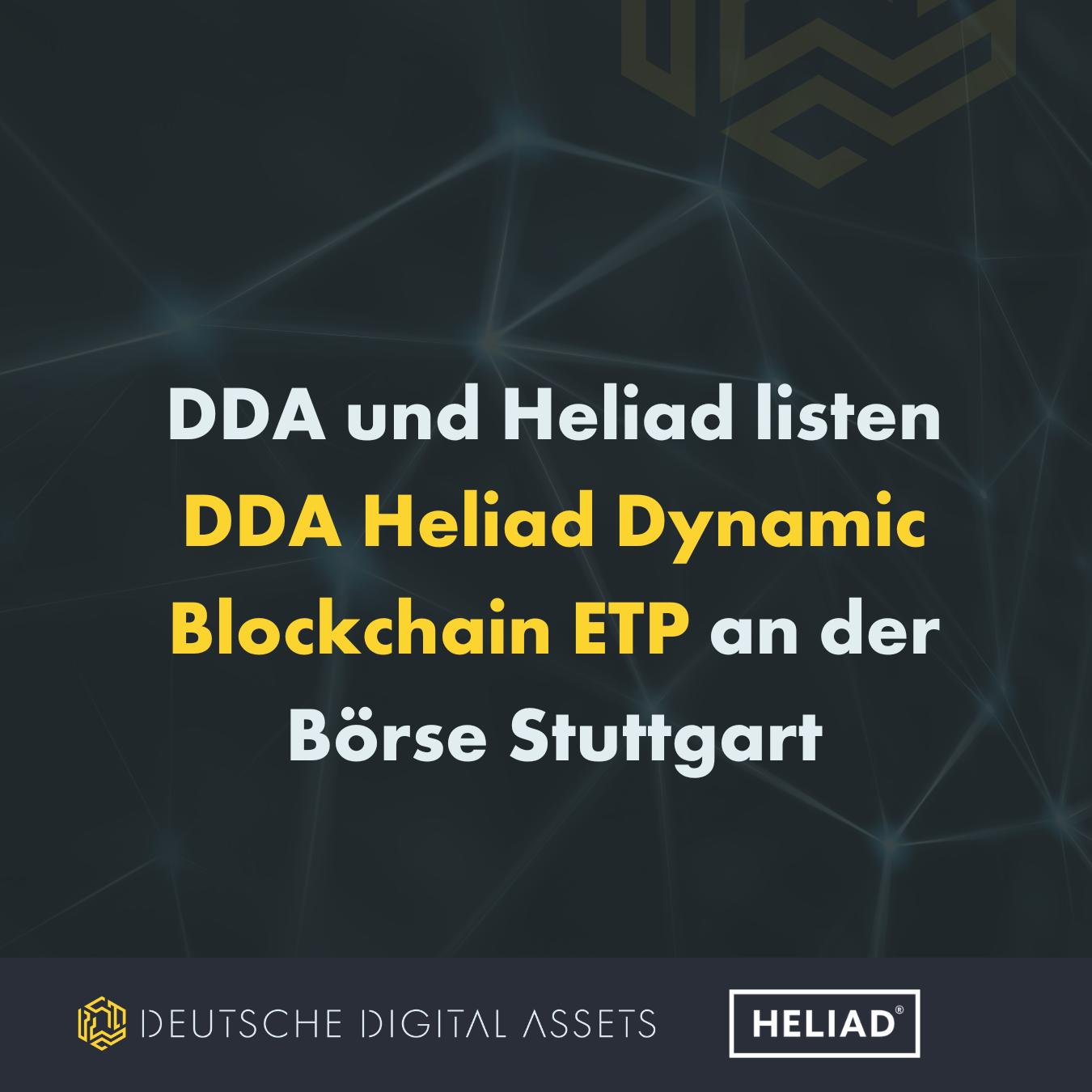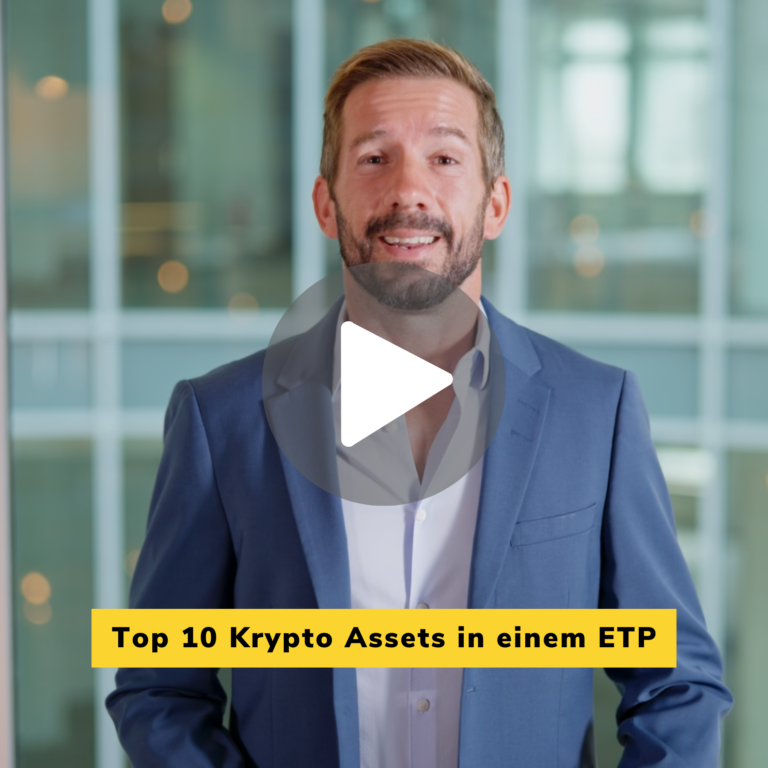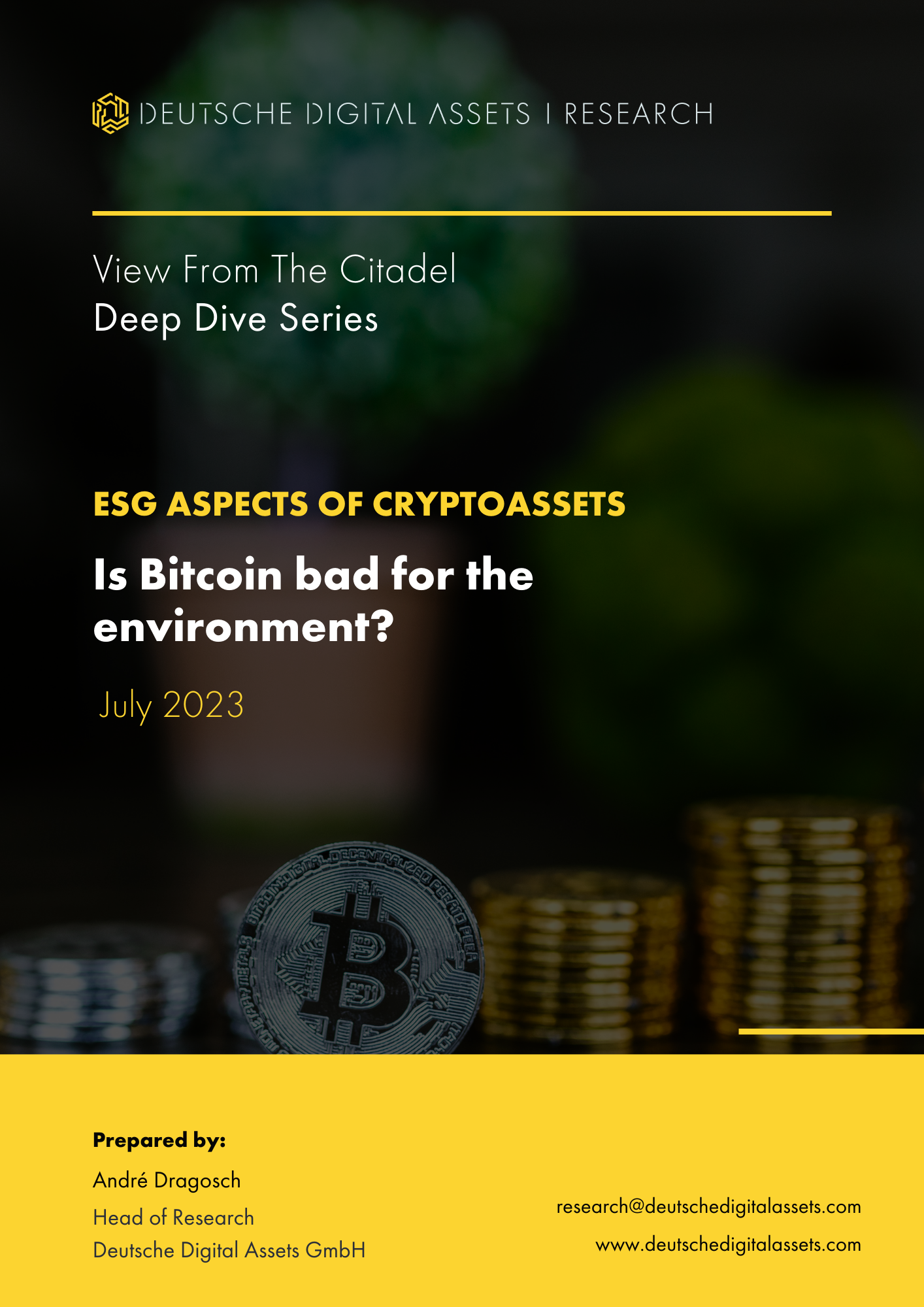Von Eleanor Haas, Partnerin bei Iconiq Lab, berät Krypto und Leben
Wissenschaftsinnovatoren und Astia Angels und ist Direktor des Keiretsu Forum Mid-Atlantic

Foto von Daniel Falcão auf Unsplash
Ein echter Mehrwert für das vernetzte Zuhause
"Das vernetzte Zuhause muss sich von "weil wir es können" zu "weil es uns wichtig ist" entwickeln, sagt Peter Davies, Gründer und CEO von Verv, einer Plattform für intelligente Stromnutzung und blockchainbasierten Energiehandel. "Viele vernetzte Heimgeräte sind im Moment nur Spielereien. Das ist nicht genug."

Peter Davies, Gründer und CEO von Verv
Laut Davies muss die Technologie einen echten Mehrwert schaffen, und für das vernetzte Haus wird dieser Wert zunächst durch das Energiemanagement geschaffen und dann durch die Monetarisierung der überschüssigen Stromerzeugung am Netzrand in einem Peer-to-Peer-Austausch vervielfacht. Der Schlüssel dazu sind Daten, sagt er, insbesondere Energiedaten, extrem granulare Energiedaten, an denen er seit 2009 bei Green Running (www.greenrunning.com), einem von ihm gegründeten Londoner Team von Datenwissenschaftlern und Experten für maschinelles Lernen, und bei Verv (www. vlux.io), einem 2015 gegründeten Unternehmen für intelligente Energietechnologie, zu dem er gehört, gearbeitet hat.
Der Verv Home Hub
Der Verv Home Hub, mit dem bereits Umsätze erzielt werden, ermöglicht es den Verbrauchern, ihr persönliches Energiemanagement mit leistungsstarken Analysetools und einzigartigen Lernfähigkeiten selbst in die Hand zu nehmen, die einen Einblick in den häuslichen Stromverbrauch geben. Dadurch können sie ihren Energieverbrauch reduzieren, ihren CO2-Fußabdruck minimieren und ihre Stromrechnungen senken. Außerdem können sie Unfälle vermeiden, indem sie Sicherheitswarnungen erhalten, wenn ein Gerät zu lange eingeschaltet war, und erkennen, wenn ein Gerät defekt ist oder sich verschlechtert und Strom verschwendet.
VORTEILE DES VERV HOME HUB
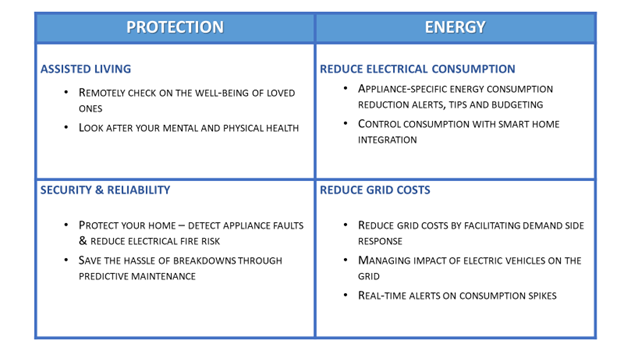
Die neue Intelligenz von Verv nutzt IoT und KI, um die wichtigsten Geräte zu identifizieren und den jeweiligen Energieverbrauch zu überwachen. Der Hub wird mit einer Stromzange direkt an den Stromzähler angeschlossen, sodass er den Stromverbrauch "abhören" kann. Verv hat eine Technologie zur Erfassung von Hochfrequenz-Stromdaten entwickelt, die weitaus klarer und detaillierter ist als das, was intelligente Stromzähler liefern, da sie bis zu fünf Millionen Mal schneller abtastet.
Die potenziellen sozialen Auswirkungen sind erheblich. In Davies' Worten: "Wir demokratisieren Daten; wir entschlüsseln riesige Datenmengen aus der Stromnutzung und geben sie dem Nutzer in einer Form zurück, die ihm hilft, aktiv positive Veränderungen zu bewirken." Alle Macht dem Volk! Buchstäblich!
Warum die Technologie von Verv wichtig ist
Die Energieerzeugung und -nutzung ist die größte Quelle globaler Treibhausgasemissionen, und die vom Menschen verursachten Treibhausgase sind die wichtigste Ursache für den seit Mitte des 20. Traditionell ist der Anstieg der Stromnachfrage mit dem Wirtschaftswachstum gekoppelt. Dies ist in China und Indien immer noch der Fall. Aber nicht für die USA. In den USA sind BIP und Stromnachfrage seit zehn Jahren entkoppelt, und im letzten Jahr stagnierte die Nachfrage sogar. Dies ist zum Teil auf die Auslagerung der Schwerindustrie zurückzuführen, aber auch auf eine höhere Energieeffizienz, wie sie Verv mit seinem Home Hub ermöglicht, und auf Kunden, die ihren eigenen Strom erzeugen, was Verv mit seiner kürzlich eingeführten Verv Trading Platform fördert.
Vervs End-to-End-Handelslösung für erneuerbare Energien
"Da der Anteil der intermittierenden erneuerbaren Energien zunimmt, um die globalen Kohlenstoffziele zu erreichen, ist die Unterstützung des Handels am Netzrand durch die Senkung der Transaktionskosten von entscheidender Bedeutung, um ein Gleichgewicht zwischen Angebot und Nachfrage herzustellen", erklärt Davies. "Unser Ziel ist es, alle Menschen in die Lage zu versetzen, sich vollständig selbst mit erneuerbaren Energiequellen zu versorgen, wobei wir uns besonders auf arme Gemeinden in aller Welt konzentrieren."
Verv hat Deep Learning AI mit der Blockchain-Technologie kombiniert, um Verbrauchern, die lokal grüne Energie erzeugen, die Möglichkeit zu geben, ihre überschüssige Energie mit ihren Nachbarn und der Gemeinschaft zu erschwinglichen Preisen im Austausch gegen ein Token zu teilen.
DIE FÄHIGKEIT VON VERV, DIE NACHFRAGE GENAU VORHERZUSAGEN
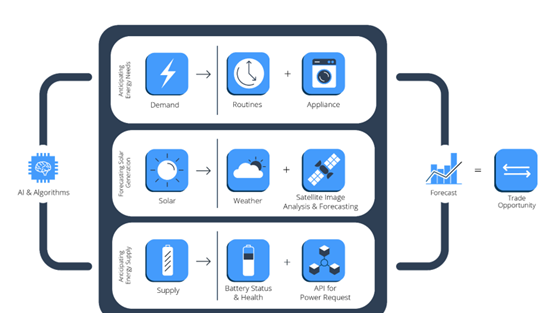
BILDET DIE GRUNDLAGE FÜR DEN PEER-TO-PEER-ENERGIEHANDEL
KI wird zur Vorhersage von Angebot und Nachfrage eingesetzt, damit Energie zum günstigsten Zeitpunkt gehandelt werden kann. KI ermöglicht sowohl Verv Home Hub-Benutzerprofile, die zeigen, wer wann Energie benötigt, als auch die Vorhersage der Energieerzeugung aus Satellitendaten über die Wolkenbedeckung.
Die Blockchain-Technologie bietet ein sicheres und transparentes Hauptbuch in einem Peer-to-Peer-Netzwerk, über das Energie gehandelt werden kann. Durch die Verwendung eines Utility-Tokens namens VLUX, der die Nutzung der Handelsplattform ermöglicht, kann Verv ein Freemium-Modell finanzieren, bei dem die Teilnehmer keine Plattformkosten zahlen.
VERV HOMES HABEN EINEN INHÄRENTEN INFORMATIONSVORSPRUNG, DER DEN BESTEN PREIS GARANTIERT
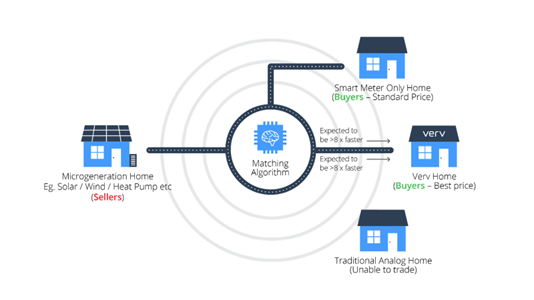
Vorteile für den Benutzer
Bei geringem Energiebedarf und minimaler Nutzung der Gradienteninfrastruktur kann ein Nutzer mit einer Batterie Energie kostenlos für den späteren Gebrauch speichern oder sie bei hohem Bedarf verkaufen.
Dies wiederum trägt zum Lastausgleich im Netz bei und vermeidet den Bedarf an zusätzlichen Energieerzeugungsanlagen.
Der Batteriebesitzer muss nicht einmal eine Stromquelle besitzen.
Die Nutzer profitieren auch von der verbesserten Netzstabilität, die dadurch ermöglicht wird, dass ein dezentralisiertes/verteiltes Energienetz weniger Schwachstellen aufweist als die traditionelle zentrale Infrastruktur.
Der wachsende Verv Community Energy Blockchain-Versuch
Die Handelsplattform Verv wickelte im April 2018 den ersten Energiehandel im Vereinigten Königreich über die Blockchain ab, und zwar in einer öffentlichen Wohnsiedlung im Londoner Stadtteil Hackney, wo auf 13 Wohnblöcken Solarzellen installiert worden waren, die die Gemeinschaft mit Sonnenlicht versorgten.
Dieser Versuch wurde im November ausgeweitet, als Centrica, die Muttergesellschaft des größten britischen Energieversorgers British Gas, sich dem Versuch anschloss, um zu untersuchen, wie den Kunden in Rechnung gestellt werden kann, wenn Besitzer von Solaranlagen überschüssige Energie an ihre Nachbarn verkaufen. Bei dem Test werden die von British Gas verbrauchten Energiemengen und die von den Solaranlagen stammenden Mengen analysiert.
Centrica, das zuvor über seinen Social Impact Investment Fund $2,4 Millionen in Verv investiert hatte, sieht das Aufkommen der Blockchain als "einen Wendepunkt für Unternehmen und Verbraucher, der in diesem Fall den Kunden die Möglichkeit gibt, von billiger, erneuerbarer Energie zu profitieren".







